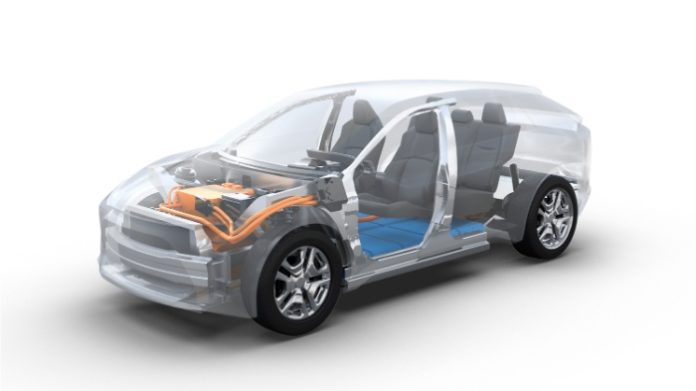The two Japanese automakers are collaborating again to create a new platform dedicated to battery-electric vehicles (BEV). Toyota and Subaru will work together to develop a C-segment BEV SUV. That means a fully-electric crossover that each brand will rebadge and sell to its own audience.
Each manufacturer will contribute their respective strength in the project. Subaru will come in with its all-wheel-drive technology and Toyota will contribute its electric drivetrain experience.
Toyota has gotten used to collaborating with the competition to cut costs
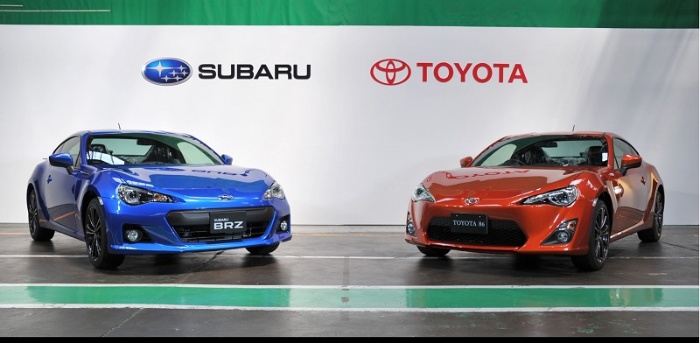
If this news doesn’t sound all that fresh, that’s because they did the same thing in 2012. Toyota 86 and Subaru BRZ are practically the same car with marginally different design and suspension setups.
Most recently, Toyota launched the 2020 Supra GR, which uses the same chassis, drive train and most internal components as the 2020 BMW Z4.
So, we’re pretty used to Toyota collaborating with other manufacturers to split the development costs and labor required to create a new sports car.
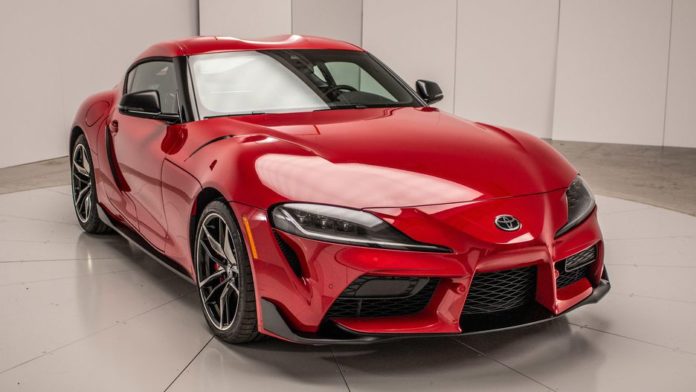
However, there’s a substantial difference. Sports cars are not the main product that makes Toyota the #2 manufacturer in the world.
All the 86 and Supra need to do is pay for themselves. Everyday cars and SUVs like the Corolla and RAV4 are the MVPs that pay for everything else.
The platform will power future EVs as the automakers look towards the next decade
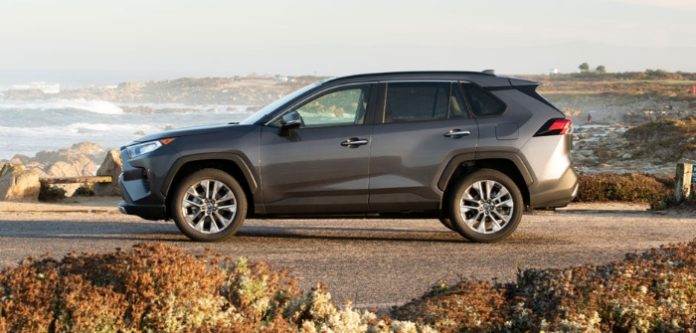
The crossover on the illustration looks just a little bit smaller than a RAV4 or a Forester. Perhaps this new BEV platform will become the foundation of their electric replacements.
Toyota and Subaru will also use the framework to create midsize and large passenger vehicles. Perhaps these cars will succeed the Corolla and Legacy which are their all-time best sellers.
These are no arbitrary guesses. The manufacturers’ targets closely match the current state of the market. Crossovers take 39.5% of the market share in the US as of April 2019. Mid-sized cars take another 10.6% and SUVs – 8.6%.
We’re at a stage where these segments are expected to become electrified in the next decade. The announcement reaffirms that Toyota and Subaru are answering consumer demand.
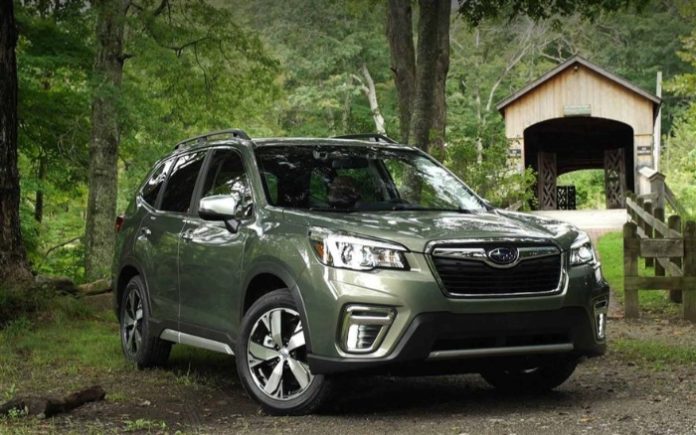
Toyota has demonstrated a willingness to work with its competitors to cut on costs while still maintaining it’s customer base.
As a small manufacturer, Subaru doesn’t have the ability to invest the necessary resources to develop such a product on its own. There is no fully electric Subaru and the Crosstrek Plug-in Hybrid actually uses a Toyota Prius powertrain.
The automaker is more than happy to divert all it has to the joint project in return for a framework for its future BEV line-up.
